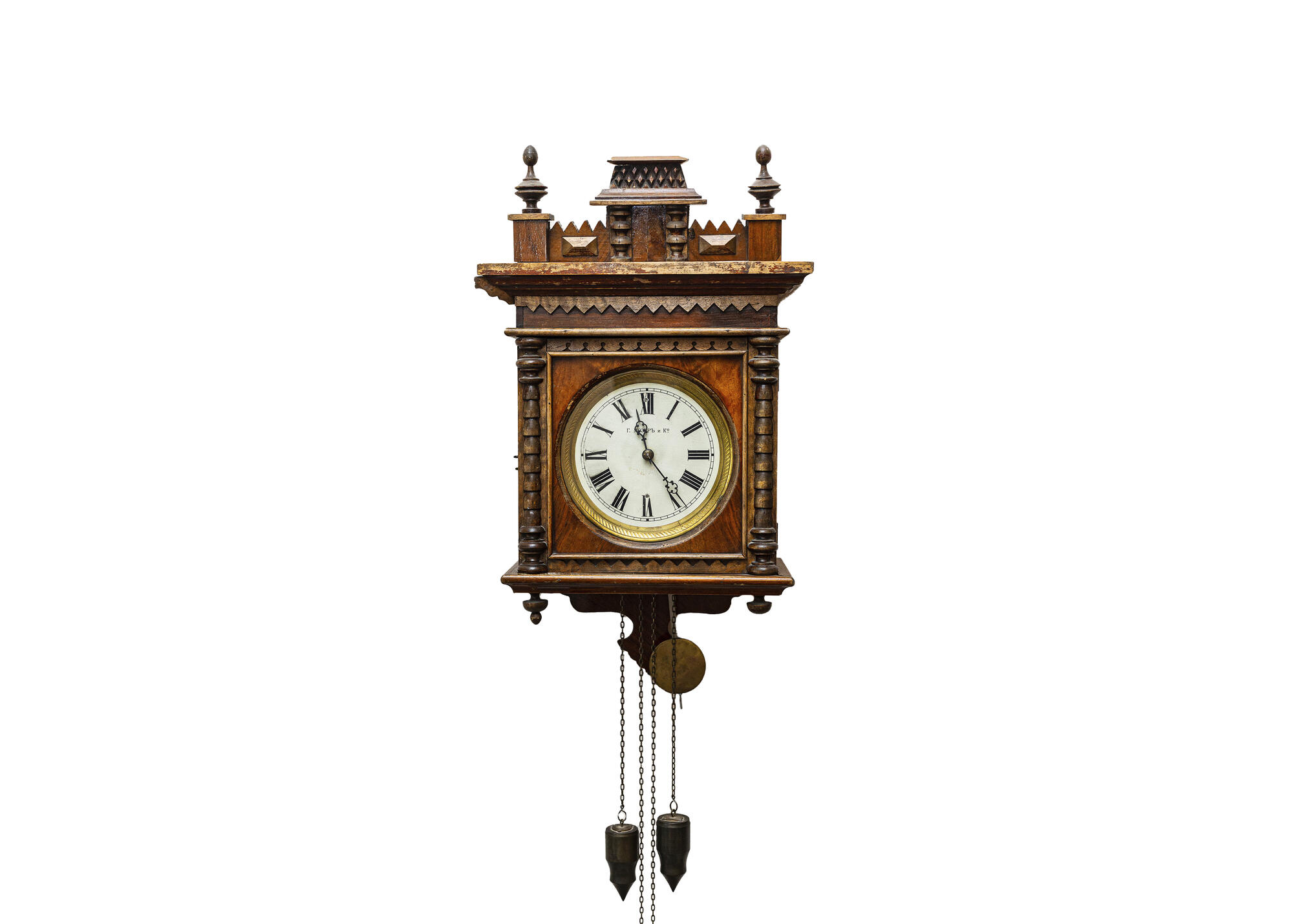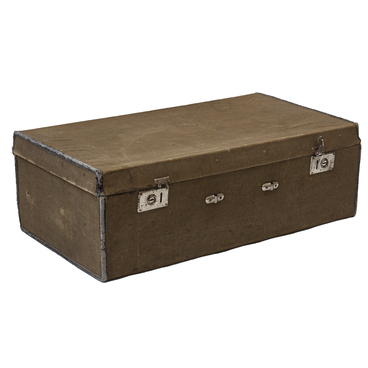Back in the day, cases of the wall clocks, which could go a week or a fortnight when fully wound, were made of walnut or oak, decorated with carved finials and details. Such alarm clocks were often used as interior decorations. People often hung them in the living rooms of city apartments or country houses.
The first interior clocks appeared abroad, in England, Germany, and France. These countries were the trendsetters of interior design. In Russia, the clocks became fashionable during the reign of Peter the Great.
The main supplier of clocks to the Russian market was the famous “Russian-Swiss” company “Henry Moser & Cie”, founded by Johannes Moser in Le Locle, Switzerland. The company’s products quickly gained popularity in Russia.
Johannes Heinrich Moser was born in Schaffhausen, Switzerland, into the family of a clockmaker. In the 1820s, he moved to Russia. In 1826, he changed his name to the one that sounded more English and founded his clockmaking workshop in St. Petersburg. Later, he established a trade mission and, in 1839, opened a trading house in Moscow.
All the components for the “Moser” clocks were made in Switzerland and assembled in St. Petersburg. The factory products were diverse: it produced clocks for men and women; pocket and wristwatches; wall-mounted, mantel, and table clocks; clocks for sailors, soldiers, and so on. The cases were available in gold, silver, and steel. Particularly expensive were the gold clocks, which not only struck the beginning of each hour but also the quarters, and even the minutes. The “Moser” clocks were popular because of their quality and accuracy. The famous jeweler Carl Fabergé used the mechanisms produced by this company for his creations.
Less successful watchmakers soon began to copy the “mosers”. To combat the fraudsters, the watchmaker published a pamphlet “Caution”, in which he described the design of the original branding and its placement on the products.
Moser’s also designed and produced accessories: cases, lanyards, chains, catalogs, and instructions.
The first interior clocks appeared abroad, in England, Germany, and France. These countries were the trendsetters of interior design. In Russia, the clocks became fashionable during the reign of Peter the Great.
The main supplier of clocks to the Russian market was the famous “Russian-Swiss” company “Henry Moser & Cie”, founded by Johannes Moser in Le Locle, Switzerland. The company’s products quickly gained popularity in Russia.
Johannes Heinrich Moser was born in Schaffhausen, Switzerland, into the family of a clockmaker. In the 1820s, he moved to Russia. In 1826, he changed his name to the one that sounded more English and founded his clockmaking workshop in St. Petersburg. Later, he established a trade mission and, in 1839, opened a trading house in Moscow.
All the components for the “Moser” clocks were made in Switzerland and assembled in St. Petersburg. The factory products were diverse: it produced clocks for men and women; pocket and wristwatches; wall-mounted, mantel, and table clocks; clocks for sailors, soldiers, and so on. The cases were available in gold, silver, and steel. Particularly expensive were the gold clocks, which not only struck the beginning of each hour but also the quarters, and even the minutes. The “Moser” clocks were popular because of their quality and accuracy. The famous jeweler Carl Fabergé used the mechanisms produced by this company for his creations.
Less successful watchmakers soon began to copy the “mosers”. To combat the fraudsters, the watchmaker published a pamphlet “Caution”, in which he described the design of the original branding and its placement on the products.
Moser’s also designed and produced accessories: cases, lanyards, chains, catalogs, and instructions.



